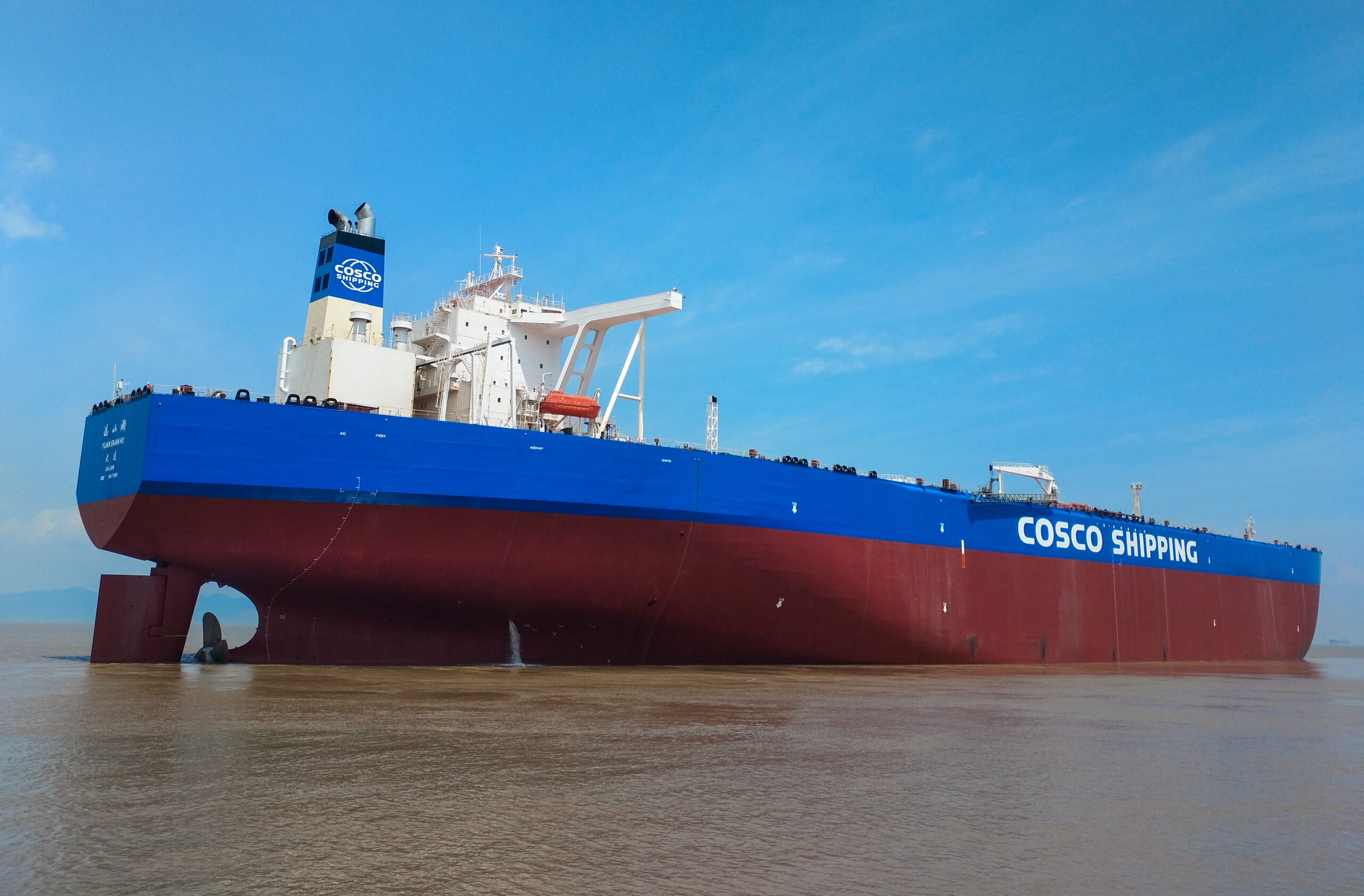Last-mile delivery is the final and crucial step in the supply chain, and managing it effectively in the Philippines can be challenging due to its unique geographical, traffic, and logistical conditions. Whether you’re a business owner, a logistics provider, or an e-commerce operator, knowing how to manage last-mile delivery in Philippines is essential for customer satisfaction and operational efficiency. This guide will walk you through key strategies and practical tips to streamline this critical process.
1. Understand the Local Landscape
Analyze Geographical and Traffic Conditions
The Philippines consists of numerous islands, and urban areas often face heavy traffic congestion. Study the geographical layout of the delivery areas, including major cities like Manila, Cebu, and Davao. Identify high-traffic zones and peak traffic hours. This knowledge helps in planning more efficient delivery routes and estimating delivery times accurately.
Familiarize with Local Regulations
Be aware of local regulations related to delivery operations. Some areas may have restrictions on vehicle types, delivery hours, or parking. For example, certain streets in city centers might prohibit large delivery trucks during specific times. Staying compliant with these regulations prevents fines and delivery delays.
2. Optimize Route Planning
Utilize Route Planning Tools
Leverage advanced route planning software and GPS tracking systems. These tools can analyze multiple factors, such as traffic data, delivery addresses, and vehicle capacities, to generate the most efficient routes. By optimizing routes, you can reduce travel time, fuel consumption, and operational costs.
Consider Dynamic Route Adjustments
Traffic conditions in the Philippines can change rapidly. Implement a system that allows for dynamic route adjustments. If there’s unexpected congestion or road closures, delivery drivers can receive real-time updates and alternative routes to ensure timely deliveries.
3. Select Reliable Delivery Partners
Evaluate Local Delivery Companies
If outsourcing last-mile delivery, research and evaluate local delivery companies in the Philippines. Look at their reputation, delivery track record, and coverage areas. Check customer reviews and ask for references. A reliable partner, similar to the standards maintained by experienced entities like China Top Freight, will have a good understanding of local conditions and can handle deliveries efficiently.
Build Strong Partnerships
Once you’ve selected partners, build strong, long-term relationships. Communicate your delivery expectations clearly, including service levels, delivery time windows, and customer service standards. Regularly review performance and provide feedback to improve the quality of service.
4. Manage Inventory and Delivery Schedules
Optimize Inventory Placement
Position inventory closer to the delivery destinations whenever possible. Setting up local warehouses or distribution centers in key locations can reduce the distance for last-mile delivery. This approach not only speeds up delivery times but also lowers transportation costs.
Create Flexible Delivery Schedules
Offer customers multiple delivery time options, such as same-day, next-day, or scheduled deliveries. Analyze order volumes and patterns to allocate resources effectively. During peak seasons or high-demand periods, adjust delivery schedules and increase the number of delivery personnel or vehicles as needed.
5. Enhance Communication and Customer Experience
Keep Customers Informed
Provide customers with real-time updates on their delivery status. Use SMS notifications, email alerts, or mobile app notifications to share information like when the delivery departs, estimated arrival times, and any delays. This transparency improves customer satisfaction and reduces inquiries.
Address Customer Issues Promptly
Establish a dedicated customer service channel for delivery-related inquiries and complaints. Train staff to handle issues efficiently, whether it’s rescheduling a delivery, addressing damaged goods, or answering delivery location questions. Promptly resolving customer concerns helps maintain a good brand image.
In conclusion, effectively learning how to manage last-mile delivery in Philippines requires a deep understanding of the local environment, optimized route planning, reliable partnerships, smart inventory management, and enhanced communication. By implementing these strategies, you can overcome challenges and ensure smooth, timely last-mile deliveries in the Philippines.


